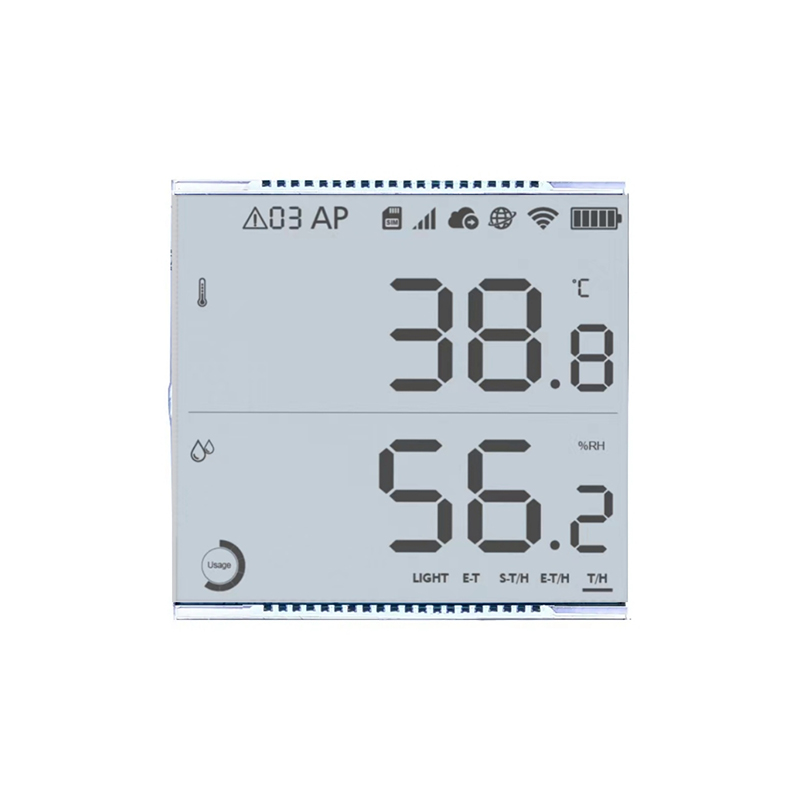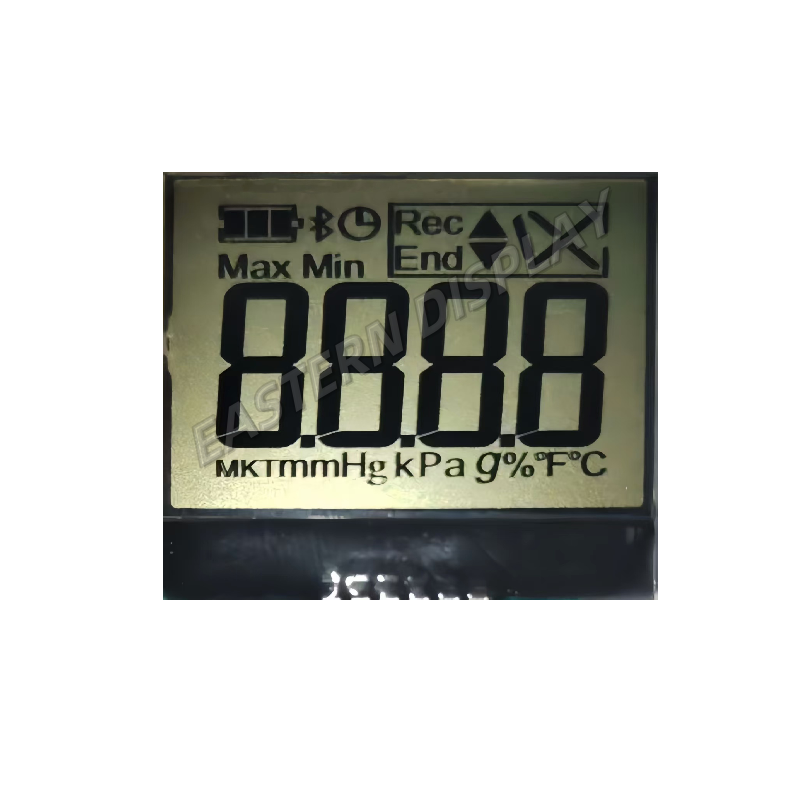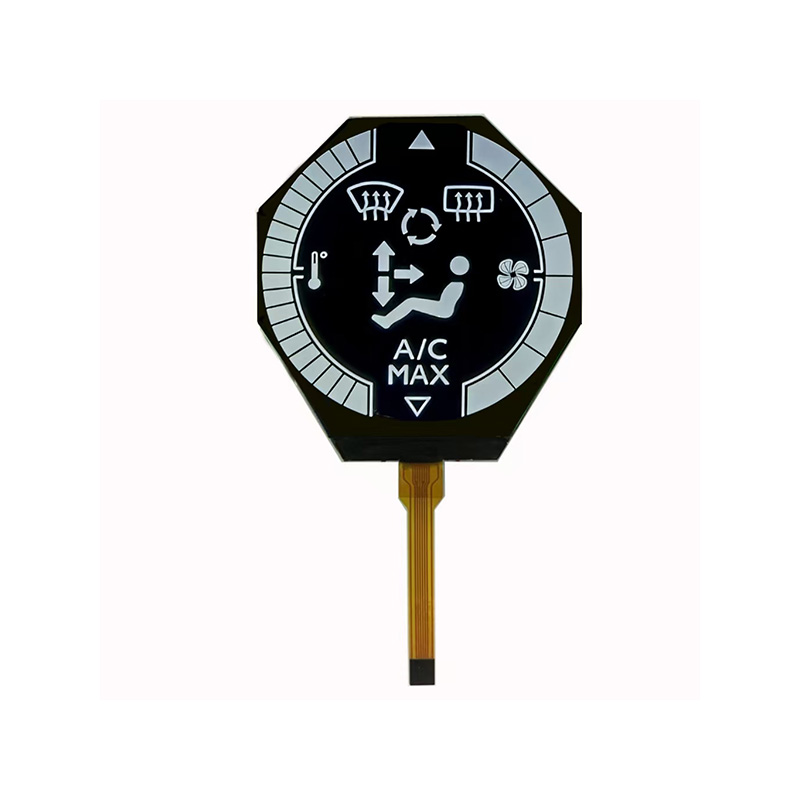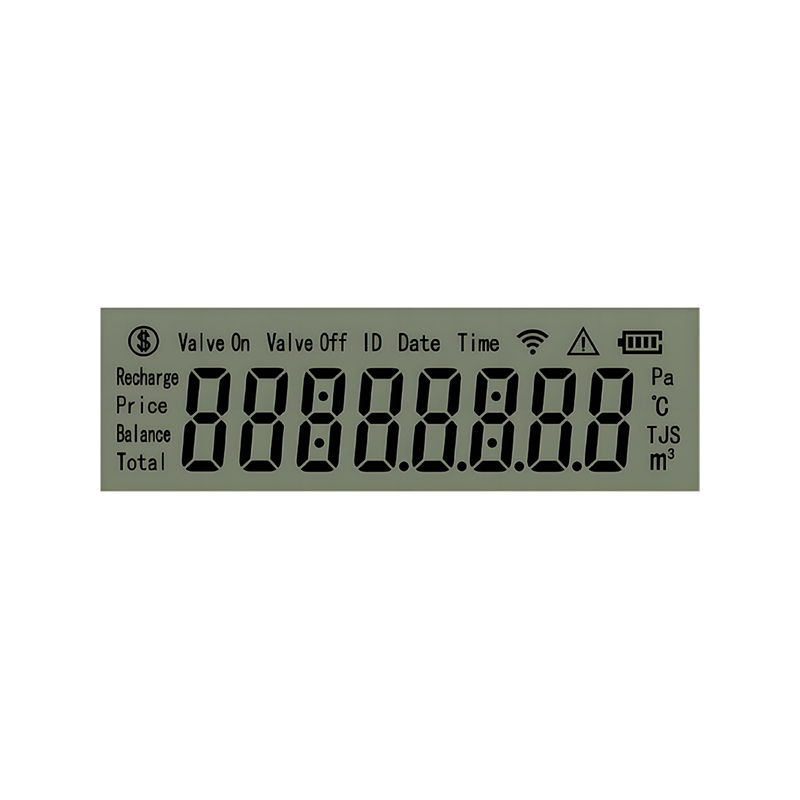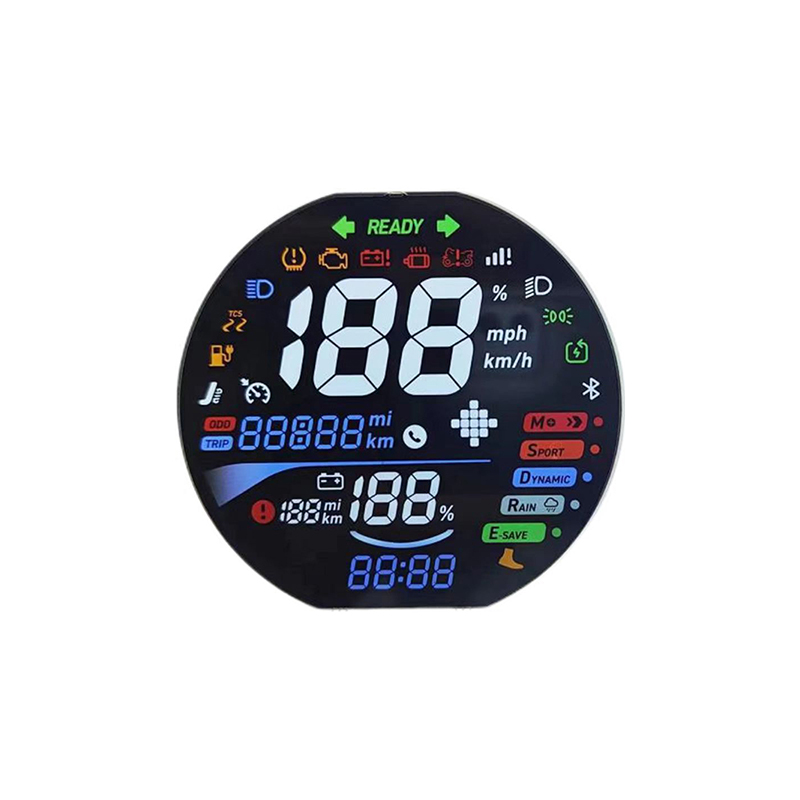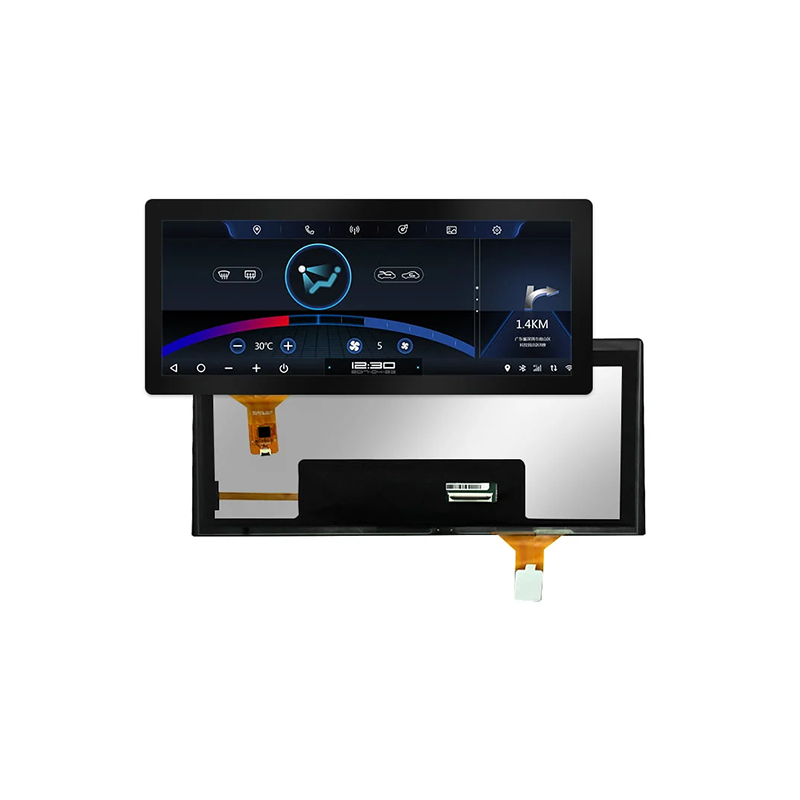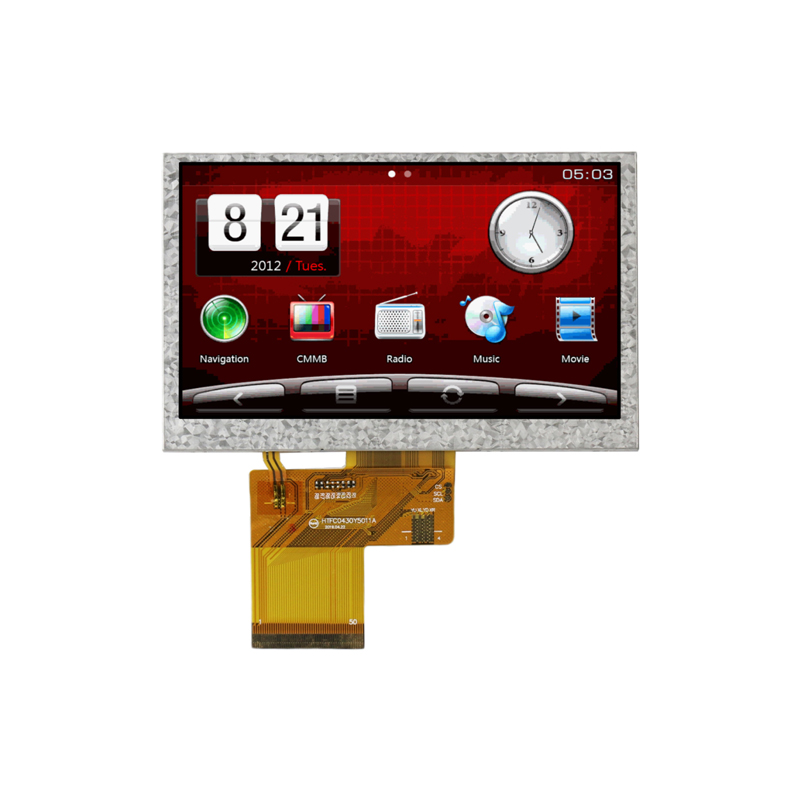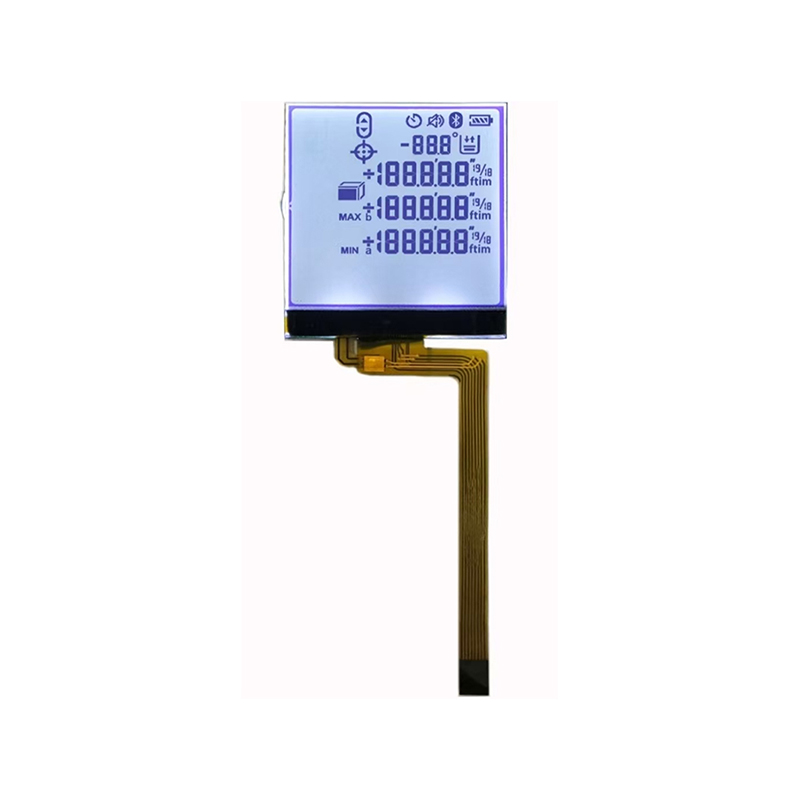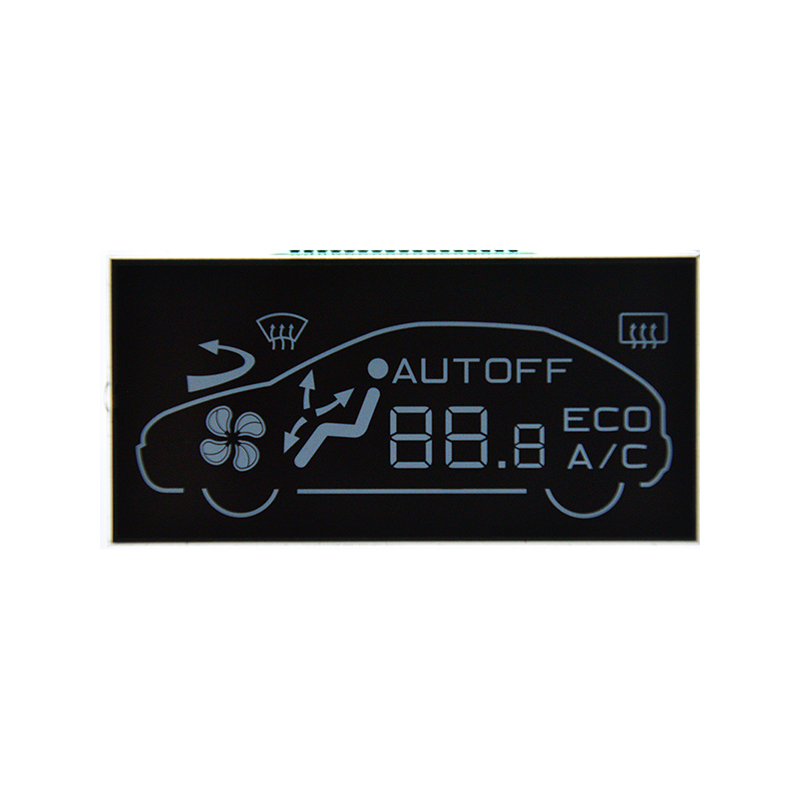
This article provides a comprehensive overview of QD-OLED displays, exploring their technology, advantages, disadvantages, and applications. We'll delve into the specifics of quantum dot technology, compare it with other display technologies, and discuss the future of QD-OLED in the market.
QD-OLED (Quantum Dot Organic Light Emitting Diode) displays represent a significant advancement in display technology. Unlike traditional OLEDs which rely on a single layer of organic materials for light emission, QD-OLED incorporates quantum dots – semiconductor nanocrystals – to enhance color purity and brightness. These quantum dots emit light at specific wavelengths when excited, resulting in more vibrant and accurate colors compared to other display technologies. This unique combination leverages the self-emissive properties of OLEDs with the color enhancement of quantum dots, leading to a superior viewing experience.
The process begins with blue OLEDs emitting light. This light then passes through a layer of red and green quantum dots. The quantum dots absorb the blue light and re-emit it as red and green light, creating a full-color image with significantly improved color accuracy and efficiency. This process results in higher color volume, better contrast ratios, and wider viewing angles compared to conventional OLEDs.
While both technologies are self-emissive, QD-OLED surpasses traditional OLEDs in color accuracy and brightness. QD-OLED displays boast a wider color gamut, enabling a more realistic and vibrant image. This translates to a more immersive viewing experience, especially beneficial for applications such as high-dynamic-range (HDR) content.
Unlike QD-OLED which is self-emissive, QLED (Quantum Dot LED) displays require a backlight, typically an LED backlight. This difference impacts the contrast ratio, with QD-OLED offering superior deep blacks and higher contrast compared to QLED. However, QLED displays can generally achieve higher peak brightness.
| Feature | QD-OLED | OLED | QLED |
|---|---|---|---|
| Color Accuracy | Excellent | Good | Good |
| Contrast Ratio | Excellent | Good | Fair |
| Brightness | High | High | Very High |
QD-OLED is rapidly gaining traction in the high-end television market, offering superior image quality and a more immersive viewing experience. Several leading manufacturers are already incorporating QD-OLED panels into their premium TV models.
The exceptional color accuracy and contrast of QD-OLED make it ideal for professionals who require precise color representation, such as graphic designers, photographers, and video editors. QD-OLED monitors provide a significant advantage in these fields.
While currently less prevalent, QD-OLED technology is poised to disrupt the smartphone market. Its power efficiency and superior image quality make it an attractive option for future mobile devices.
QD-OLED technology is continually evolving, with ongoing research and development efforts focused on improving efficiency, brightness, and reducing costs. As manufacturing processes improve and economies of scale are achieved, QD-OLED displays are likely to become increasingly accessible to a wider range of consumers.
For more information on advanced display solutions, consider exploring the expertise of Dalian Eastern Display Co., Ltd., a leading provider in the display industry. They offer a wide range of display technologies and solutions for various applications.
1 Manufacturer specifications may vary. Please refer to individual product documentation for detailed information.

